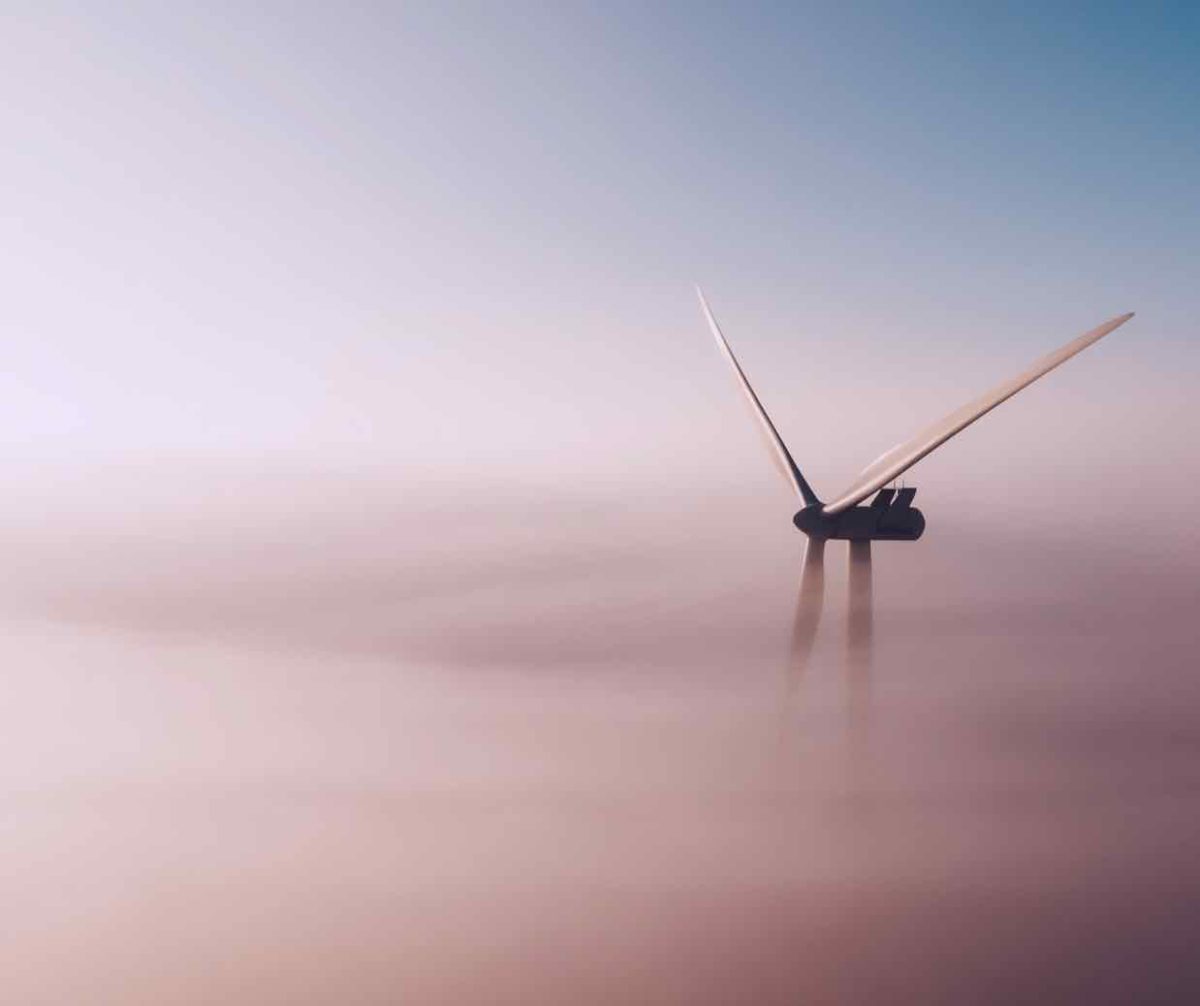The head of the Macquarie Group company that aims to be one of the biggest offshore wind players in the world says that Victoria could easily beats its ambitious offshore wind targets, and has flagged massive turbines of up to 20MW will be installed in coastal waters.
Jonathon Cole is the CEO of Corio Generation, a company created 12 months ago to hold and develop Macquarie’s surging portfolio of offshore wind projects. None has yet been built, but the company has grand ambitions, with a 30GW global pipeline and two major projects totalling 4GW in Victoria.
Cole is in Australia helping to prepare the company’s application for one of the first feasibility study permits to be awarded in Australia for offshore wind.
Corio owns the 2.5GW East Gippsland project, but is jostling for position against a host of big global players, and some local hopefuls, to secure one of those permits in Gippsland, which is the first declared offshore wind zone in the country.
Cole says he has no doubt that Victoria could easily beat the government’s target of having at least 2GW of offshore wind by 2032, which will be required as the state prepares to close down the last of its massive coal generators.
“I think the state of Victoria is doing a fantastic job in terms of setting out what’s almost like a textbook and regulatory framework, and setting credible targets,” Cole says in an interview in the latest episode of RenewEconomy’s Energy Insiders podcast.
“The Victorian government set a target of 2GW by 2032. I think we would beat that. I honestly think that … we alone … we’ve got 4GW of projects off the coast of Victoria, we could have built by 2032, and the first 2.5GW could be done by the end of this decade.
“And we’re not the only developer who could see that. So I think that … if the Victorian government keeps moving, the way it’s moving, we’re going to see, by the end of this decade, several gigawatts deployed in Victoria.
“And that will hopefully get this industry kick started. And then you’ll start to see the deployment through the next decade in Australia really ramping up.”
That is probably true. The permits will go to more than one project, and so several are likely to begin construction by 2028, all going well, and will likely be keen to ramp up capacity as soon as they can.
Then implications of that are immense, of course. Should that occur – and it should be said that it is by no means certain – that will easily deliver the capacity required to fast track the closure of the Loy Yang A and Loy Yang B brown coal generators.
The Long Yang twin owners – AGL and Alinta – have both indicated that those ageing brown coal generators will only be around for as long as they are needed: When there is enough replacement capacity, they will be closed down.
Australia is a relatively late starter to the offshore wind sector, largely because it is so rich in solar resources and onshore wind, which means that it is yet to even start its first full feasibility study for offshore wind.
These are massive tasks, possibly costing up to $100 million or more, so they are only likely to be conducted by deep-pocketed players with considerable resources.
“Given the extensive nature of the feasibility studies, it takes a high degree of expertise and financial capability to undertake them, especially when you consider the full range of environmental and technical surveys, permitting activities, engineering design and procurement,” Cole says.
“This is why it’s important for the viability of the Australian Offshore Wind industry that the feasibility licences are issued to experienced and capable players, with the strategic commitment to deliver the projects.”
The one good aspect of Australia’s late arrival to the offshore wind sector is that it will likely benefit from the learnings and technology improvements experienced elsewhere, particularly in Europe which has taken the lead on offshore wind.
That includes bigger turbines. Cole says the pace of growth in turbine size has slowed, but they will inevitably grow, particularly for offshore rather than onshore wind.
“I do think that by the end of this decade we’re going to be deploying 18 to 20 megawatt turbines with 250 metre plus rotors, because that’s just generally the way the market is going to move. It will keep progressing, it will keep optimising.”
Note: You can listen to the full interview with Jonathon Cole, and to the rest of podcast discussing other energy industry events, on the Energy Insiders podcast here.










